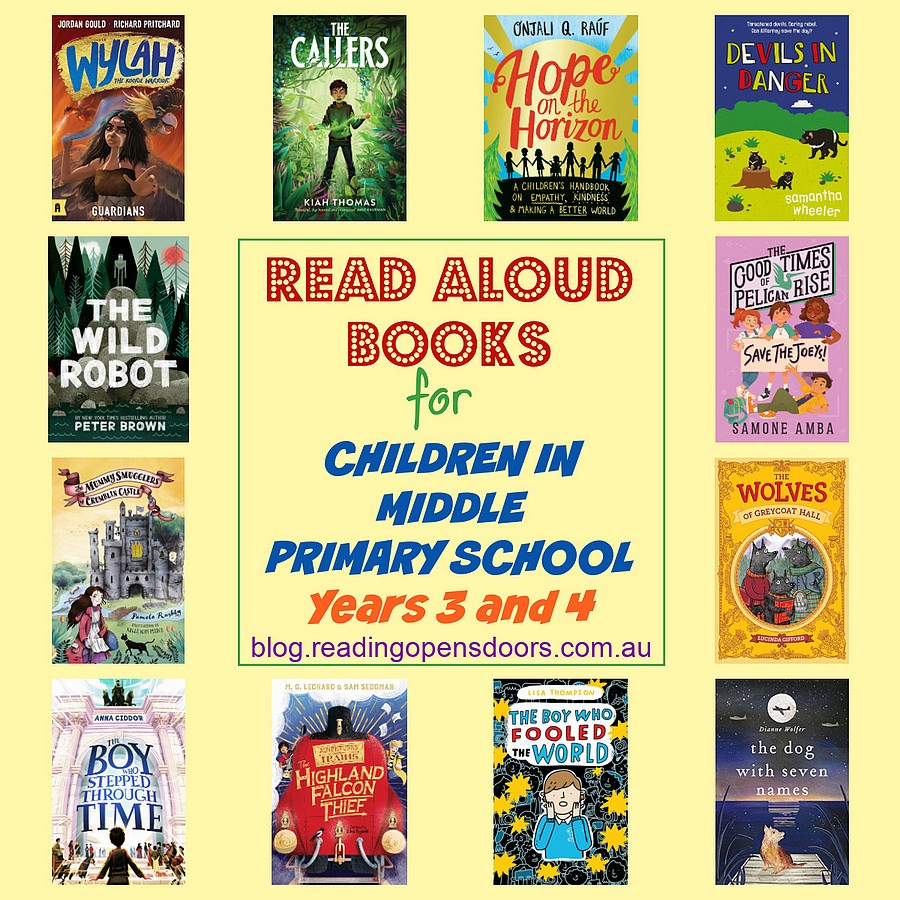
The following books are ones I have read aloud to my children and some of our favourites from the past two years. This collection is by no means exhaustive. As always please read the books yourself to assess suitability for the children you intend to share the book with. The personal experiences and histories of children reading these books needs to be taken into consideration.
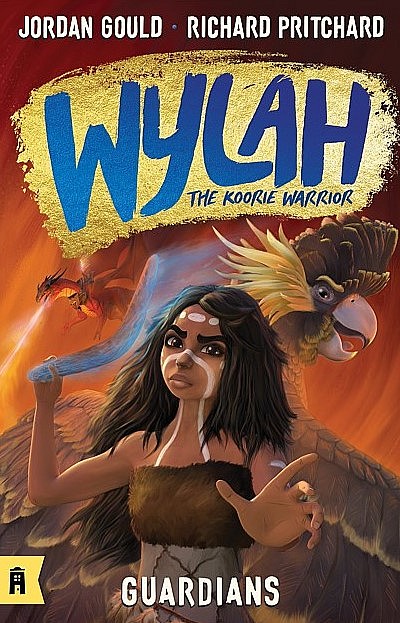
Guardians (Wylah the Koorie Warrior, Book 1) co-authored by Jordan Gould an Indigenous Australian from the Peek Whurrong tribe in Warrnambool, Victoria and Richard Pritchard, an Indigenous Pacific Islander of Samoan heritage. The meticulously researched illustrations in this chapter book have been created by Richard Pritchard. This thrilling action-adventure, historical fantasy story is set 40 000 years ago and seamlessly embeds the rich history, language, culture and knowledge of the Peek Whurrong people into the story. This was a time when megafauna roamed the land and Aboriginal and Torres Strait Islander people lived in many different and distinct groups with their own language, customs, culture and laws and these cultures are still practiced today by the longest continuous living culture on earth. This story deftly strikes the balance between being highly informative, imaginative and engaging. This is ultimately a story of hope, redemption and transformation, one that will have the reader cheering for the heroine, Wylah as she fearlessly works together with a memorable cast of characters, including anthromorphic animals and characters from Aboriginal Dreamtime Stories such as Tiddalik, to fearlessly fight to help and save her people and work towards becoming the Koorie Warrior she was destined to be.
Wylah’s village comes under attack and is ravaged by powerful dragons; these are the ancient enemy of the Guardians. All of Wylah’s people and the animals are captured in massive cages by the invading dragons and Wylah’s Grandmother, a great Koorie Warrior is fatally injured in this attack. Before she enters the Dreamtime, she tells Wylah that she can save her Peek Whurrong people and become the Koorie Warrior she is destined to be. She instructs Wylah that she must unite the five Guardians and totems as they will protect her. Her Grandmother gifts her Kae Kae, her powerful boomerang and tells Wylah to find their fearless Guardian, Pippy. Wylah feels unprepared for this seeming insurmountable task and initially feels that this is unachievable without her Grandmother’s physical presence. However, her trepidation and fear is short lived as Wylah pledges to locate the Guardians and rescue the animals as well as her people.
In his dedication, Richard Pritchard states his hopes for this story, he says, “may Wylah be a vessel to start a conversation of love, acceptance, unity and empathy.’ Wylah will no doubt be the start of many conversations and a reason why children know more about First Nations peoples, culture and language. She embodies what it is to be a quintessential Australian hero.
A detailed review for Guardians (Wylah the Koorie Warrior, Book 1) has been written in an earlier Reading Opens Doors blog post here.

The Callers by Kiah Thomas is a gripping, nuanced fantasy read for middle grade readers with such a unique, thought provoking storyline. This is a story which entices readers to question how they would respond to the moral dilemmas the main characters face as the protagonist has to unlearn all that he has ever known as the truth and lies are revealed.
Quintus Octavius is the son of Adriana, the influential Chief Councillor on the planet of Elipsom, a place where the natural and built landscapes are remarkably homogenous and lack any kind of character. Quintus has been born into a family renowned for being Callers. To be a Caller is a mark of status. To Call is to summon objects. Quintus is the only one in his family born without this skill. While Quintus can’t call, he can be Called and he is, to another land, Elantra. It is here that Quintus meets Allie and learns of a magical skill he does possess. Elantra is the place where truths are shockingly divulged and the harsh realities and consequences of the Callers actions are revealed. Quintus learns that what is Called to Elipsom is not summoned from nothing, it is in fact taken from Elantra. The people of Elantra are being pillaged and having their way of life stripped from them.
This story has many parallels to our country and world as it explores themes relating to colonialism, sustainability, consumerism, being an ethical consumer, greed, abuse of power (the Callers control the workers on Elantra, enforcing harsh rules, brutal punishments and ruling through deception), exploitation, injustices and duty to family. This story is a fabulous gateway to many discussions centring on moral dilemmas.
A detailed review for The Callers has been written in an earlier Reading Opens Doors blog post here.
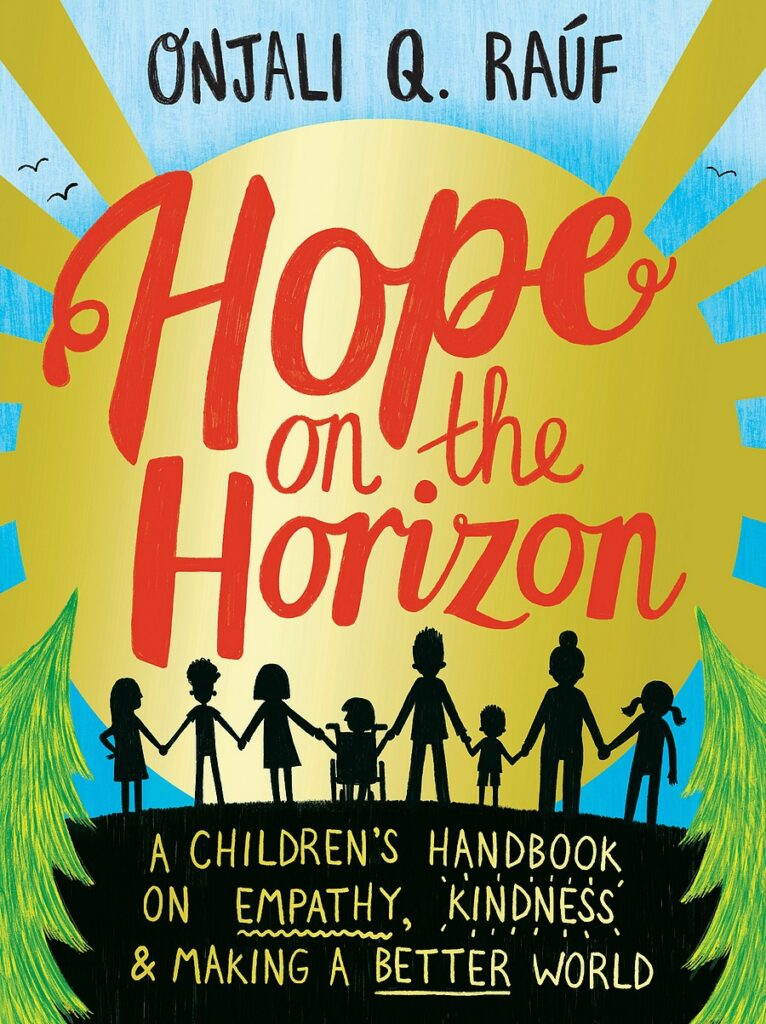
Hope on the Horizon: A children’s handbook on empathy, kindness and making a better world by Onjali Q. Raúf and illustrated by Isobel Lundie and cover illustration by Pippa Curnick is an impactful, illustrated, non-fiction book that empowers readers to not only value their differences, but realise the power these bring and how they can be used to make a positive difference in the world. In this life affirming book Onjali shares her favourite stories, fictional characters as well as real life people; observations and lived experiences to detail, in a highly accessible, sensitive and engaging way, ten practical behaviours to find hope, be a force for change and make a difference.
The power of story has been a gift to Onjali. She fell in love with many books in her childhood and they left an indelible mark on her. Many of her favourite fictional characters shaped some of her ideas about what it means to be a s/hero. She concludes that these legendary heroes she read about and some she saw on television share a set of qualities. These characters were the catalyst for Onjali to reflect on the world around her and raise questions to make better sense of the world. These questions led Onjali on a mission to seek answers and give her further insight into the world.
While this book gives readers a launch pad to be a force for change in a non-didactic way, it emphasises that there is no one size fits all approach as we are all wonderfully unique. Onjali also encourages readers to be curious and seek out stories to learn from others.
There are ten chapters, each focus on a way of finding hope, creating change and making a difference. The format for each chapter is similar. Each one begins with a definition of a key word (such as hope, warrior, unite), an entertaining personal reflection from Onjali’s past and a link to a book title, or television show, such as Charlie and The Chocolate Factory, Tintin, The Lion, The Witch and The Wardobe and Wonder Woman to name a few examples. There is no need to be concerned if you are unfamiliar with the stories and characters Onjali mentions as she does a brilliant job of succinctly explaining these and deftly bringing them to life in an exciting way. She examines the qualities a fictional character displays and creatively and cleverly links these to attributes needed to be an activist.
A detailed review for Hope on the Horizon: A children’s handbook on empathy, kindness and making a better world has been written in an earlier Reading Opens Doors blog post here.
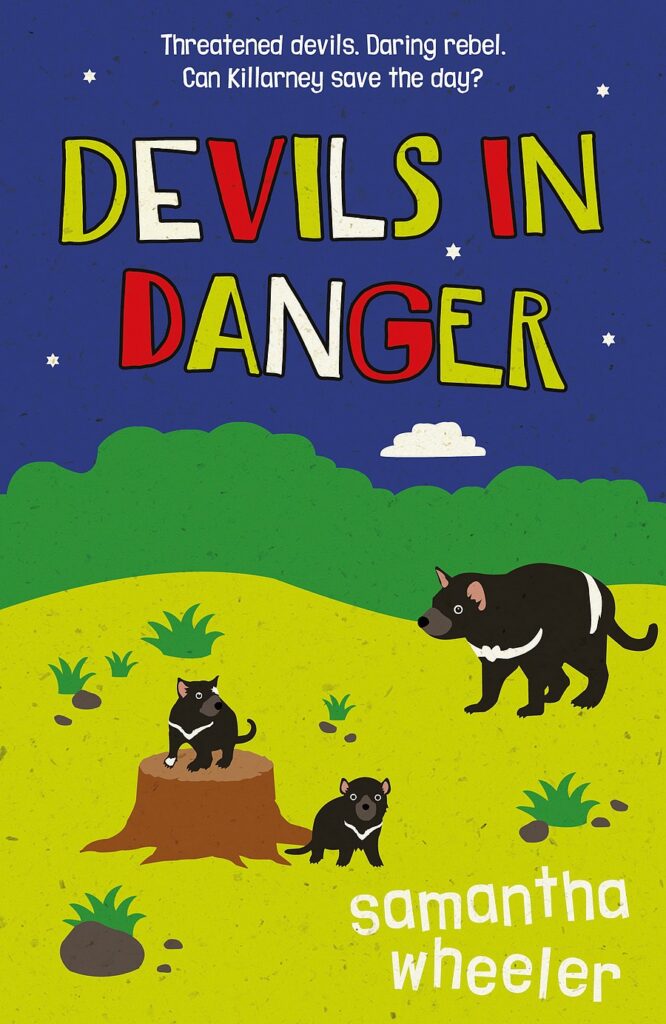
Devils in Danger by Samantha Wheeler and published by University of Queensland Press (UQP) is an engaging and inspiring wildlife story about Tasmanian Devils and the quest to educate a community about them. It’s also a story about being devoted to a cause and the challenges, as well as the positive and negative impacts that can arise when you defend something that is not necessarily popular or is misunderstood.
This story is set in a small coastal town in Tasmania and begins with unprecedented events suddenly occurring; furious screams in the night and clothing items mysteriously disappearing. It is eleven year old Killarney who discovers the unlikely culprit in the form of a Tasmanian devil denning under her family’s home. While Killarney is captivated by this creature and smitten by its endearing features, it soon becomes apparent that not everyone shares her opinion about these animals. Many of the people in her town are misinformed about Tasmanian devils and this lack of knowledge sparks fear, threats, rumours, intolerance and unkindness in an attempt to rid the town of this Tasmanian devil and her joey’s.
This story helps readers gain a deep appreciation for Tasmanian devils and an awareness of the useful role they play in Tasmania. This book gives readers the courage to dare to dream and believe that one individual can be a powerful force for change. Samantha Wheeler has written other books with wildlife themes, including: Smooch and Rose, Mister Cassowary, Wombat Warriors and Turtle Trackers, these would make excellent companion stories.
A detailed review for Devils in Danger has been written in an earlier Reading Opens Doors blog post here.
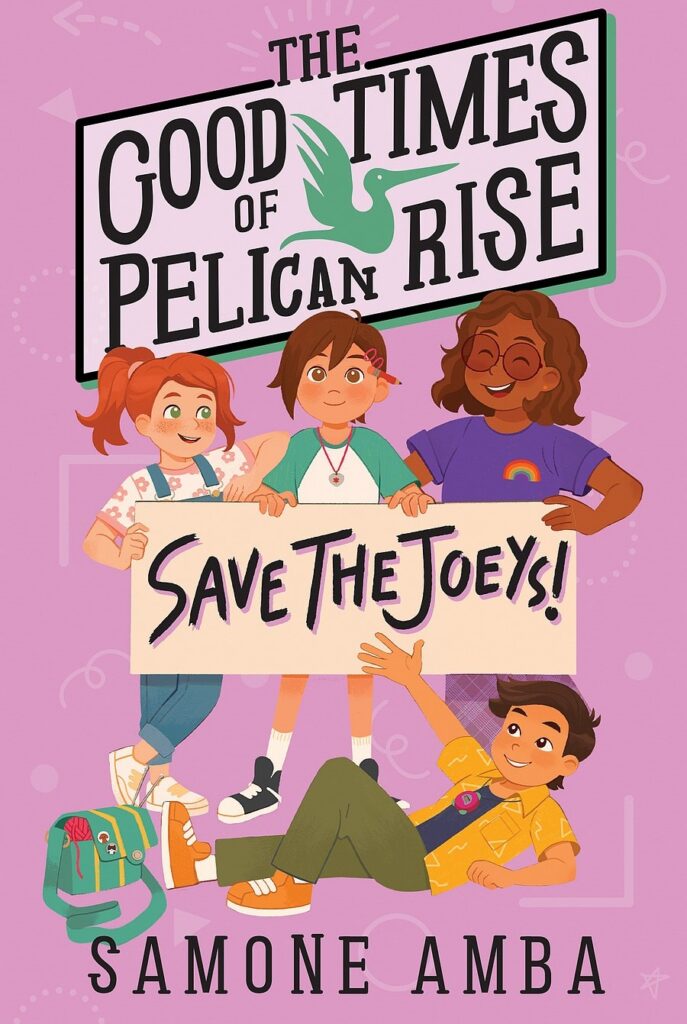
The Good Times Of Pelican Rise: Save the Joeys by Samone Amba is the current read aloud my younger daughter and I are thoroughly enjoying. When we are finished reading this book a detailed review will be posted here.
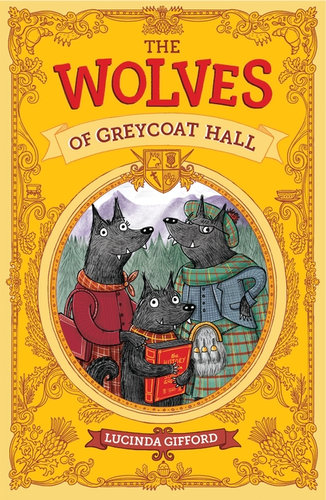
The Wolves of Greycoat Hall written and illustrated by Lucinda Gifford is a creative, refreshing and humourous tale which keeps readers engaged because of the wolves’ antics as well as the descriptive writing and fabulously detailed, lively and often funny illustrations peppered throughout the book. The three main characters are likeable, polite, considerate, wealthy wolves with very distinct personalities and a penchant for cake.
This story explores the experiences of Boris and his parents Leonora and Randall Greycoat, respectable wolves, who visit Scotland after learning that wolves are to be reintroduced there. As a long journey to Scotland from Greycoat Hall in Morovia (where wolves and people happily coexist) is anticipated, Boris packs The History of the Scottish Greycoats’ to learn more about his Scottish ancestors (what a story they have — plagued with jealousy, accidents, treacherous acts and betrayal).
While exploring Scotland, the Greycoat wolves immerse themselves in Scottish culture, enjoy ALL the Scottish foods, make friends with the locals and explore the sights. Given they are the very first wolves to take advantage of Scotland allowing wolves to return, there are some people who are not as welcoming as others and not supportive of their visit.
On their travels, the Greycoat’s learn that Drommuir Castle is for sale. The wolves find out that Mr Vorslad, a wealthy and ruthless businessman offered an extraordinary amount of money to buy the castle and he plans to preserve only a small part of the castle and build a luxury resort all around it. Mr Vorslad plans to cut down trees which are home to many bird and animal species as well as hunt in the forests and river. Nothing can stop Mr Vorslad, or so it seems. Sometimes a deep understanding of one’s ancestry and local history can right some wrongs, but will this be enough to save the castle? The themes include: conservation, greed, being true to yourself, the power of community, discrimination, acceptance, celebrating difference, not judging others by their appearance.
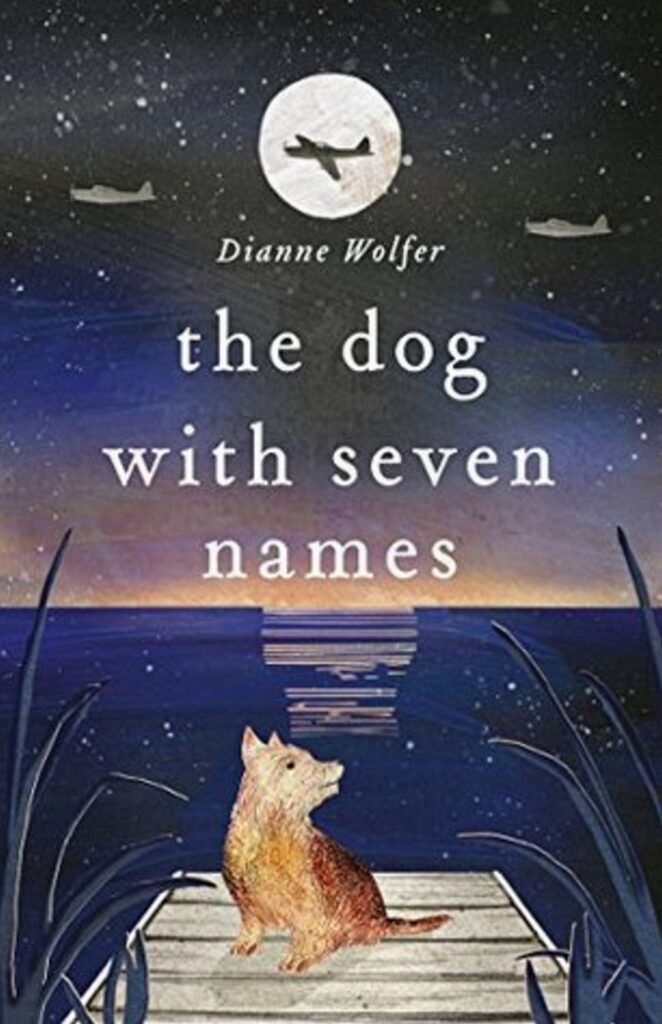
The Dog with Seven Names by Dianne Wolfer is set in Australia during World War 2 and the events are shared in first person from the perspective of a dog, the runt of a litter that was born on a remote cattle station and gifted to Elise, the station master’s daughter. Elsie names the dog Princes and the two become inseparable until war comes. Princess and Elsie are separated as the family leave their property because the Japanese air raids are coming closer. Princess is cared for by the stockman. A tragic event sees Princess (now called Dog) looked after by the Flying Doctors. It is with the Flying Doctors that this dog experiences many adventures around the Pilbara region and gains new names (Flynn, Gengi, Florence, pooch and Engel). The dog flies with the Flying Doctors and stays in Port Hedland Hospital. This is a story about World War 2 in Australia and is fascinating to read what Australia’s policy and life was like during this time – there is reference to the discriminatory White Australia policy.
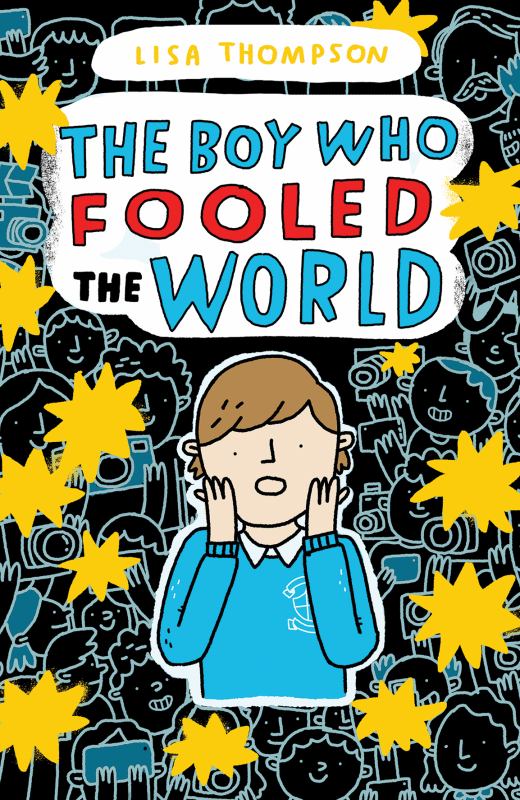
The Boy Who Fooled the World by Lisa Thompson is a fast paced and thought provoking book. There are two storylines that take place in this story. One centres on Cole. His family is experiencing financial hardship and this book discusses poverty in a sensitive way that is digestible for children. Cole, much to his surprise, becomes an art protégé after an in iconic artist, Marika Loft, sees his art and believes Cole has a gift. Under Marika’s guidance, Cole’s art attracts worldwide attention and fame. With this comes huge demand and prices for his paintings. When Cole sells a second piece of art, titled ‘Catch’ for £100 000, he is keeping a big secret which is later exposed to the world. The second storyline revolves around Cole and his two friends, Mason and Isla solving an art mystery that no one has been able to solve in over one hundred years and one that claims to lead to great riches.
Literature response questions for students:
* What does it mean to be rich (consider this from Mason and Cole’s perspective)? What does it look like, feel like and sound like?
* Is wealth measured by money only? What criteria could be used to measure wealth?
* Would it be a blessing or a curse to be a child prodigy?
* The painting, ‘Catch’ sold for £100 000 in the book. What products do you believe sell for more than they are worth? What makes them expensive? Who and what determines the value of these products?
* Media bias – the journalist who interviews Cole and writes a report for the newspaper ends up writing a biased piece with inaccurate facts. When have you been told fake news, an exaggerated story, or seen a picture that was doctored and reported as being accurate?
* This book explores poverty, bullying and fake news. What lessons has this book taught you about any of these issues? Now that you have a new perspective and are able to adjust your lens with this/these issues, what actions can you take to take a stand in relation to this.
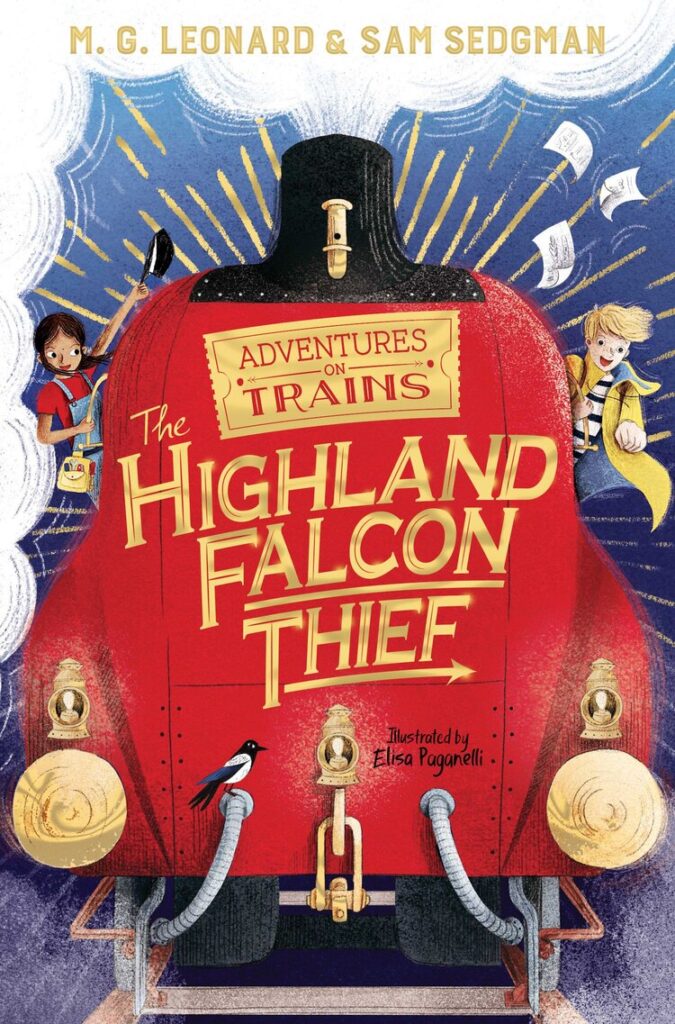
The Highland Falcon Thief – Adventures on Trains 1 by M.G. Leonard and Sam Sedgman is a mystery book (think children’s version of Agatha Christie) set on the Highland Falcon steam train which is on its final journey to Scotland. In this story, Hal, a young boy and talented artist accompanies his Uncle Nat, a travel writer, on this journey. Hal is the only child allowed on board, however he discovers there is a stowaway, Lenny (a young girl) who is the train driver’s daughter. While on board the train, jewels go missing. Hal as the only (known) child on board and is suspected of the crimes. Hal sets about working with Lenny as detectives to solve the mystery of who dunnit. We enjoyed the challenge of separating the red herrings from the clues (which were contained in the illustrations as well as the text). I was also fascinated to learn more about the workings of a steam train. There are more books in this series to come and the next one will be set on a train travelling in the U.S. We will definitely be on board the next adventure.
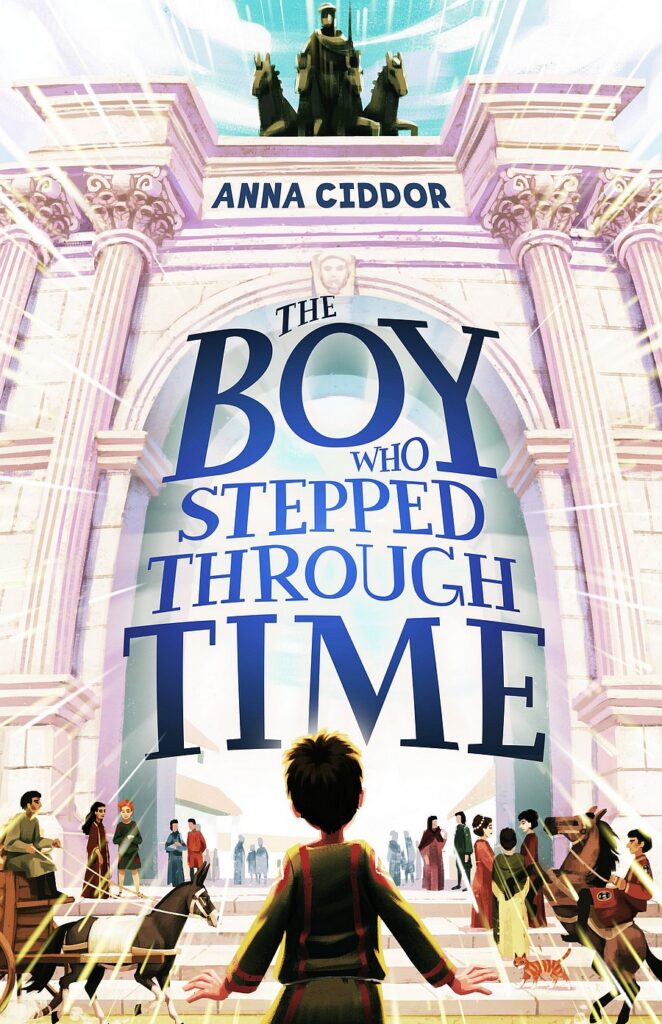
The Boy who Stepped Through Time by Anna Ciddor takes place 1700 years ago and masterfully brings the past to life. Perry and his family are enjoying a holiday in France and his mother, who is an archaeologist, insists that they explore places as well as festivals of historical significance. It is during a festival celebrating Ancient Rome that Perry, dressed in an authentic Roman costume, slips into another time, specifically to an ancient Roman villa, Villa Rubia.
Perry is assumed to be a slave and adopts the name Peregrinus for himself. He has little choice but to adapt as a slave boy in an attempt to seamlessly blend into this foreign time and place. He practices all aspects of ancient Roman life to avoid unwanted attention so that he has some hope of attempting to return home.
Friendships blossom between Perry and another slave, Carotus and Valentia who is the daughter of the master of the villa. Perry makes several attempts to return to his time, but he has the knowledge from the present which gives him cause to believe Valentia is in grave danger. He faces the ethical dilemma of serving his own desire to return home to his family, or staying in ancient Roman times where he may be able to play a part in rewriting history and consequently saving Valentia. But, to stay in ancient Rome may result in him compromising his ability to return to his time and family. This is the daunting decision that he grapples with.
All of the details in the story have been meticulously researched by Anna’s sister, an archaeologist and a historian. There is information about the communal toilets, the foods – including mice that were eaten, the cures people used, such as horse saliva for coughs, as well as wonderful, vivid descriptions about significant days, such as a Roman festival called Saturnalia. This book is so much more than the historical facts though as it brings history vividly to life in a way that facts and figures don’t.
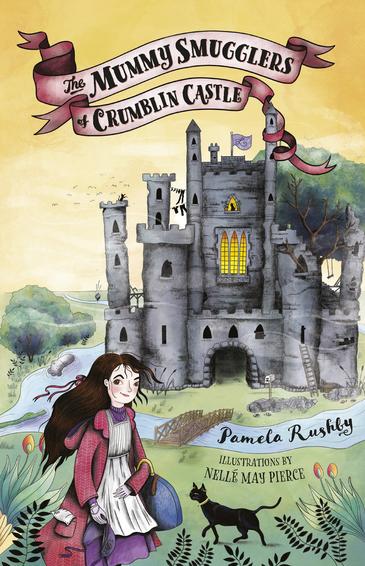
The Mummy Smugglers of Crumblin Castle written by Pamela Rushby and illustrated by Nellé May Pierce is a story set in 1873 about a young girl, Hattie (short for Hatshepsut) who goes to live in the English Fens with her Great Aunt Iphigenia and Great Uncle Sisyphus Lambton who happen to be Egyptologists. To keep their castle in repair, Hattie’s aunt hosts mummy unwrapping parties (which were common in the late 1800s in England) which were quite entrepreneurial as tickets were sold to these events. This is a lucrative business until the mummy supply is threatened as the Egyptian authorities placed an embargo on the exportation of objects of historical significance.
On a quest to secretly source mummy’s, Hattie, together with her Great Aunt, Great Uncle and their office assistants, Edwina and Edgar Raven venture to Egypt.
The Raven’s have always been uneasy with Hattie and not used to anyone prying into the way they assist the Lambton’s with their business. Their behaviour and actions causes Hattie to be suspicious of them and she wonders about their integrity when it comes to her great aunt and uncle’s financial interests.
This perilous trip to Egypt is an enlightening and thrilling adventure on many levels as Hattie learns more than she could have ever bargained for.
This a historical fiction story, with the wonderful addition of fantasy elements with the inclusion of a magical cat, Sekhmet and her adorable kittens who look after the castle.
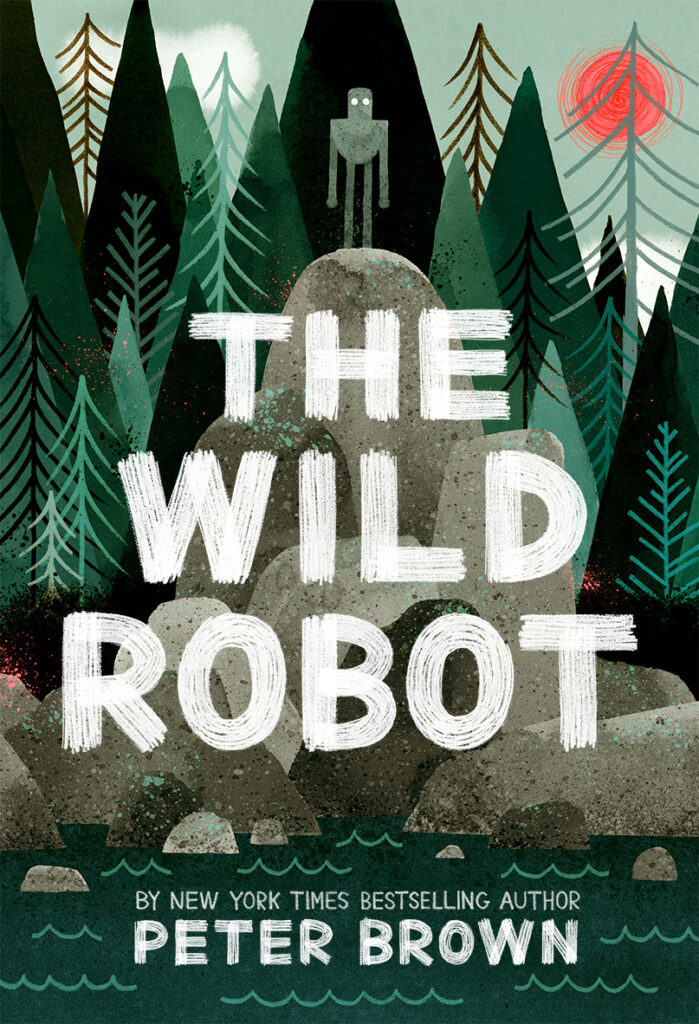
The Wild Robot by Peter Brown. Review coming.

Thrilled to see The Boy Who Stepped Through Time included on this select list – and thanks for the thoughtful review. I did try to end each chapter with a cliff-hanger to make it fun to read aloud!
Anna, ‘The Boy Who Stepped Through Time’ was such a memorable family read aloud for us and a story that inspired many lively discussions. We are very much looking forward to your next book!